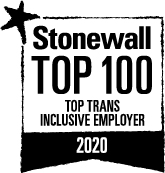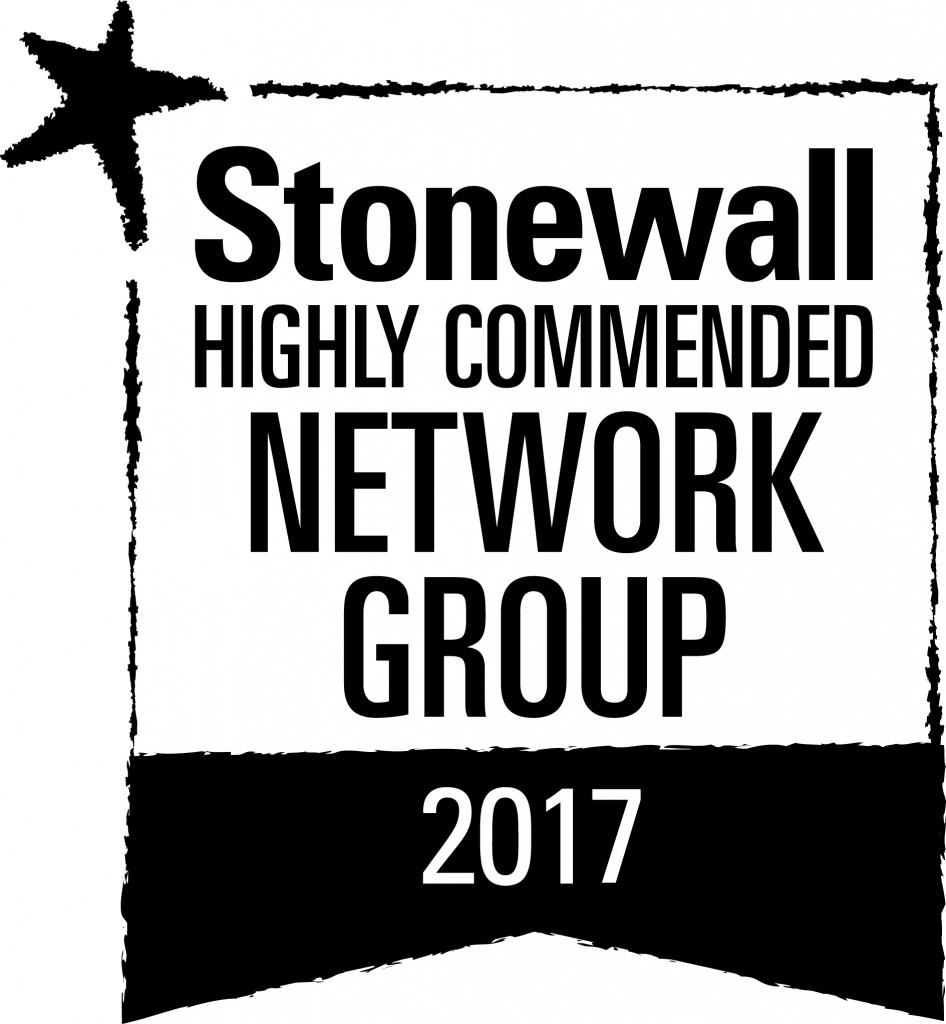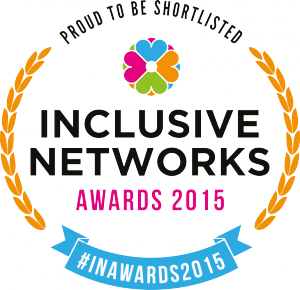Silence needs to be challenged too…

“Red Ghost” by Santiago Alvarez is licensed under CC BY-NC-ND 2.0.
Here are a few thoughts on language, education, sexuality and inclusion….
There have been many recent advances in terms of LGB equality in the UK. Most notably, there have been legislative changes which enable same-sex couples to marry and have the same adoption rights as heterosexual couples. Also, more public figures are openly LGB than ever before. But recent and current research still shows that homophobia and heterosexism are still prevalent and pervasive in many UK secondary schools (e.g. Epstein et al, 2003; Guasp, 2012; 2009; Hunt and Jensen, 2007). Outside educational contexts, hate crime against LGBs remains high and has, in fact, increased in the UK in recent years. A recent 2013 YouGov poll found that one in six gay or bisexual people (about 630,000 individuals) had been a victim of a homophobic hate crime in the preceding three-year period. So it is clear that problems of homophobia still remain within and beyond educational contexts.
Although current UK legislation and education policies are starting to recognise the need to address sexual diversity issues in schools, their remit is rather narrow in that they mainly focus on tackling homophobic bullying and explicitly homophobic language. For example, the Department of Education’s (2011) discussion document on the future of teacher training states its aim of ‘helping schools tackle bullying, especially homophobic bullying’. But bullying and homophobic language (or, indeed, any kind of discriminatory language) are an end point – they are what happens when something has gone wrong at an earlier point in the process of encouraging acceptance of diversity. An exclusive focus on bullying and overt homophobic language is not telling the full story. Although their work is important and valuable, there is a continued failure on the part of policy-makers and even LGB rights organisations such as Stonewall UK to recognise that homophobia is not always overt and is actually more often construed as an effect of silence and invisibility, especially in organisations such as schools and universities. There is now a growing body of international academic research which explores the routine silencing and regulatory discourses around sexual diversity in schools as well as overtly discriminatory language.
In my own ongoing research into language and sexuality in schools (Sauntson, 2013; Sauntson & Simpson, 2011), young LGB people have repeatedly reported in interviews that sexual diversity (and especially homosexuality) is ‘not talked about’ and ‘ignored’ and that this has a negative emotional effect on them which, in turn, decreases their motivation to attend school. This raises two points of tension. One (noted by Forrest, 2000) is that the routine silences around non-heterosexual sexualities in schools sits in tension with the fact that sexual diversity is actually very visible elsewhere (e.g. in the media). The other tension is that whilst positive and inclusive discussion about sexual diversity is often absent, homophobic language is present and pervasive in schools. In order for homophobic language to exist, there has to be an acknowledgement that homosexuality exists – otherwise, there is nothing to discriminate against. However, linguistic absence produces the effect of erasing sexual identities which are not normatively heterosexual. To use Judith Butler’s (1990) term, particular identities are rendered ‘unintelligible’ through their repeated silencing and absence.
Butler herself draws on linguistic theory to argue that linguistic acts bring identities (including gender and sexual identities) into being. The idea that silence itself can operate as a speech act has been further developed in queer theory by Sedgwick (1990). In recent sexuality-focused work in linguistics, scholars have argued that silence as a linguistic act can produce the effect of homophobia when that silence functions to exclude non-heterosexual identities when there is no logical reason for doing so. Importantly, Morrish (2011: 328) states that ‘homophobia may still be the result even when overt homophobic messages are not part of the text’s content’.
I have examined this phenomenon of homophobia being enacted through linguistic silencing in interviews with teachers and LGB students in UK secondary schools in which they identify instances where they would have expected LGB identities to be explicitly discussed or made visible but they are not (Sauntson, 2013). This occurs particularly in the delivery of the English and PSHE (Personal, Social and Health Education) curricula in schools. Furthermore, a gendered dimension emerges when silence as a linguistic act is examined in relation to homosexuality. And this gendered dimension is often overlooked in research. In current research, I have, for example, found that young gay and bisexual men experience explicit (most often verbal and physical) homophobia in school more often than young lesbian and bisexual women. The young women report experiencing homophobia but this happens more often through silencing, marginalising and ignoring by staff and other students. The latter is perhaps more difficult to identify and therefore challenge but this does not mean it should not be given as much attention as explicit homophobia. The young women in the study all reported feeling the effects of implicit homophobia very acutely. I would argue strongly that future research needs to be mindful of gendered experiences of homophobia in schools (and elsewhere) and to pay equal attention to the experiences of young women as well as young men.
Whilst the work of Stonewall, and of other organisations, activist groups and academic researchers is extremely valuable and needs to continue, tackling explicitly homophobic language can only take us so far. We also need to find ways of making the invisible visible and making the unintelligible intelligible. And we can do this by making efforts to include language which expresses a range of sexual identities where previously that language has been absent, marginalised or contested. We need to try to use language in a way which does not normalise heterosexuality or present it as dominant or ‘better’ in any way. And we need to consistently use language which includes rather than excludes LGB identities (e.g. when the term ‘marriage’ is used, be mindful and explicit that this can apply to same-sex as well as opposite-sex couples). It is also important to ensure that the terms ‘lesbian’ and ‘bisexual’ are included with ‘gay’, so as not to marginalise those who identify as lesbian and bisexual. And we should be mindful that treating LGB people ‘the same as everyone else’ does not necessarily produce equality. Many LGB people actually want recognition that their identities are different from heterosexual identities and would value time and space to discuss these issues when they become salient in particular contexts (rather than the well-meaning but often inaccurate assumption that LGB identities and relationships are ‘just the same’ as heterosexual ones). In sum, in educational contexts, we need to create spaces for new language to emerge, rather than closing down possibilities for linguistic expression or subsuming such possibilities under normative heterosexual experience.
At York St John University, good progress is starting to be made on addressing these issues. As well as the LGBT Staff Network providing a visible space in which LGBT identities and issues can be discussed and explored, there are plans for the newly-established policy forum of LIdIA (Language and Identities in InterAction Research Unit) to produce a document which advises on the use of inclusive language across the university. This document will start by developing an inclusive language policy for gender and sexuality, but it is hoped that this will then be extended to other areas of equality and diversity. Significantly, inclusive language policies at York St John University will not only be about challenging and eradicating discriminatory language, they will also be about challenging silences and linguistic absences around already-marginalised identities.
References
Butler, J. 1990. Gender Trouble: Feminism and the Subversion of Identity. London: Routledge.
Epstein, D., O’Flynn, S. and Telford, D. 2003. Silenced Sexualities in Schools and Universities. Stoke-on-Trent: Trentham Books.
Forrest, S. 2000. Difficult loves: Learning about sexuality and homophobia in schools. In M. Cole (ed) Education, Equality and Human Rights: Issues of Gender, ‘Race’, Sexuality, Special Needs and Social Class. London: Routledge Falmer. 99-117.
Guasp, A. 2009. The Teachers’ Report: Homophobic Bullying in Britain’s Schools. London: Stonewall.
Guasp, A. 2012. The School Report: The Experiences of Gay Young People in Britain’s Schools in 2012. London: Stonewall.
Hunt, R. and Jensen, J. 2007. The School Report: The Experiences of Young Gay People in Britain’s Schools. London: Stonewall.
Morrish, E. 2011. Situating and resisting homophobic discourse. Gender and Language 4 (2): 323-35.
Sauntson, H. 2013. Sexual diversity and illocutionary silencing in the English National Curriculum. Sex Education 13 (4): 395-408.
Sauntson, H. and Simpson, K. 2011. Investigating sexuality discourses in the UK secondary English curriculum. Journal of Homosexuality 58 (6-7): 953-973.
Sedgwick, E. 1990. The Epistemology of the Closet. Berkeley, CA: University of California Press.








